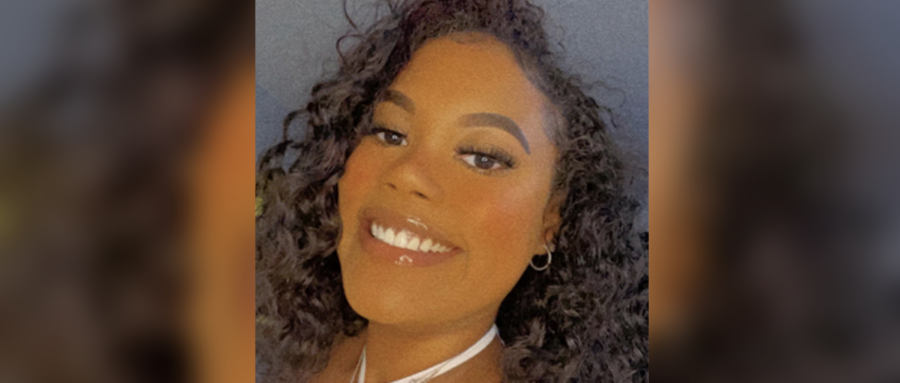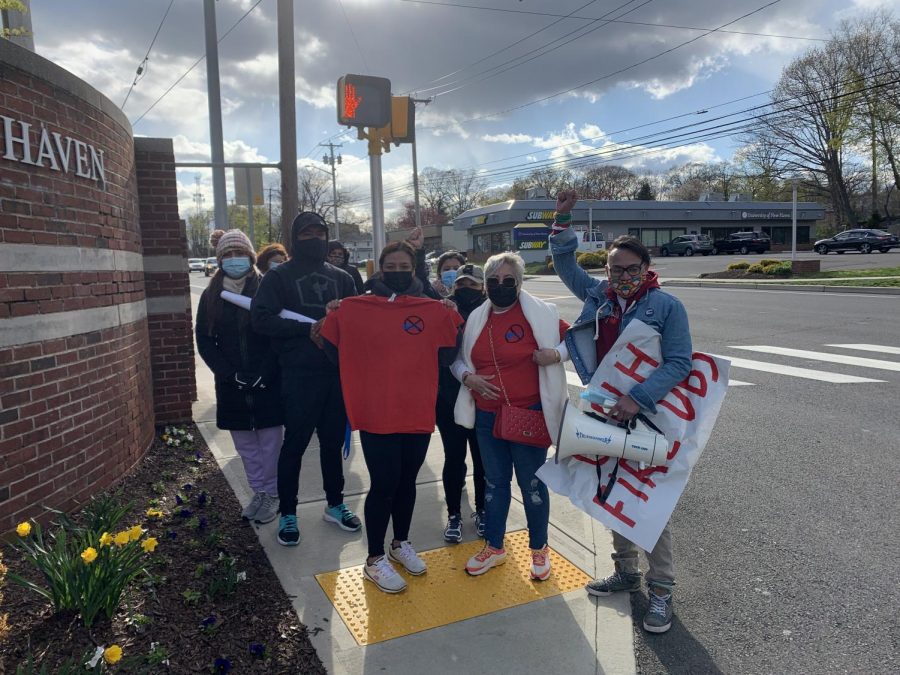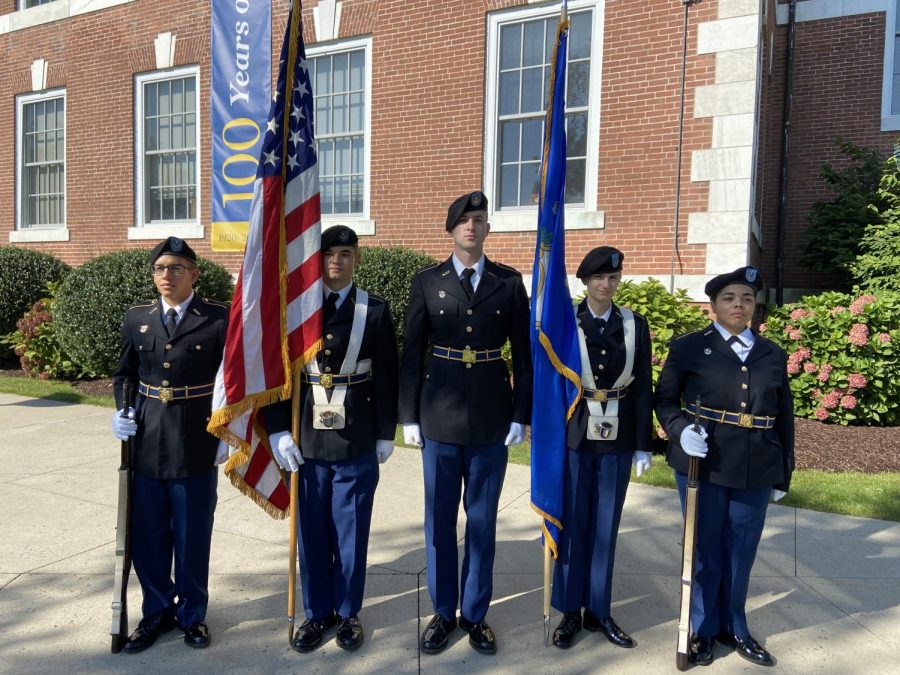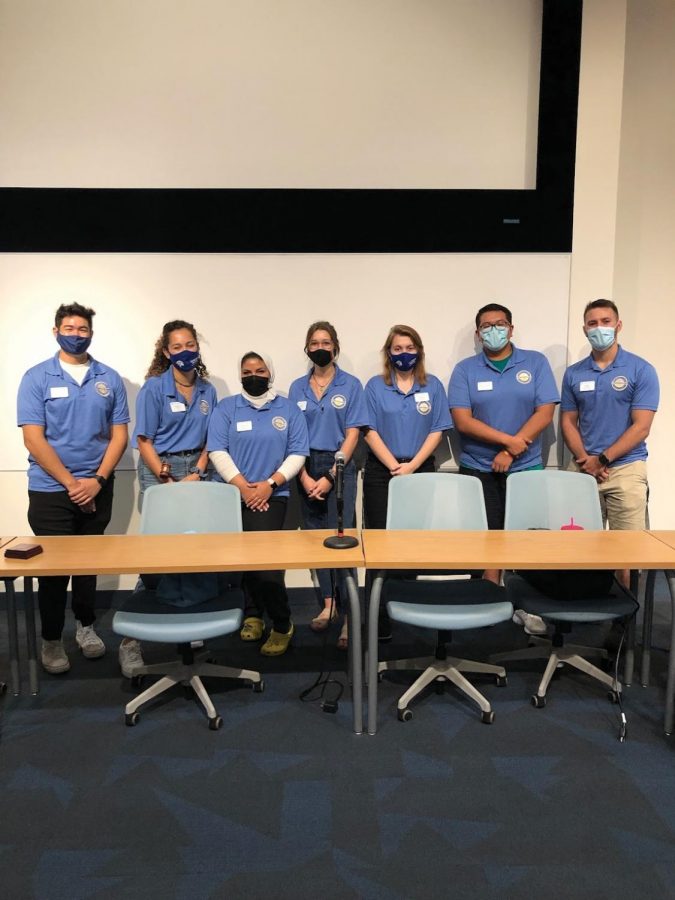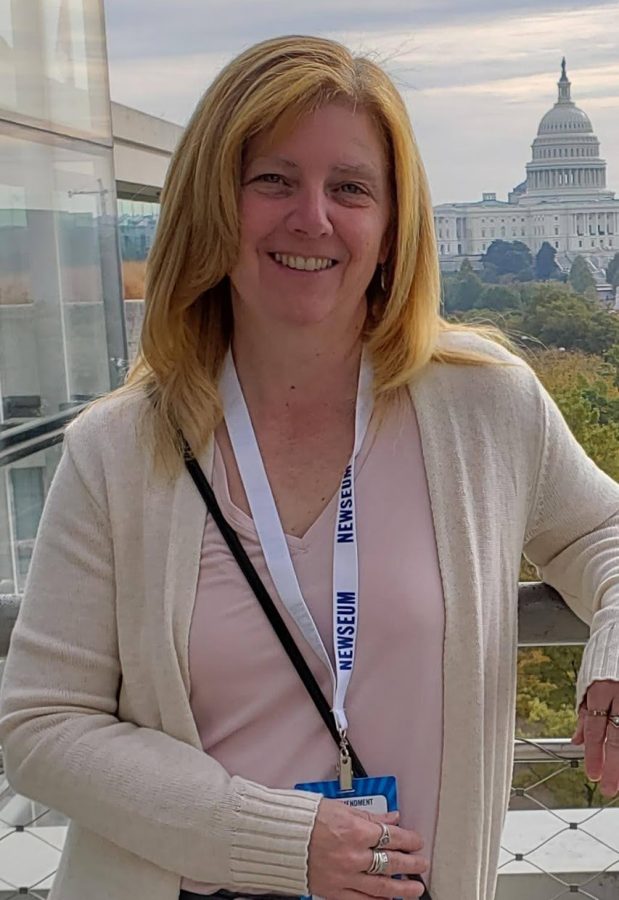Education graduate students were encouraged to incorporate more art in their classrooms as a means to promote literacy skills in early childhood education in a Visual Literacy workshop held at the Sawmill Campus.
Cyra Levenson, Associate Curator of Education at the Yale Center for British Art in New Haven, directed the workshop and challenged future teachers to consider the advantages of art in the classroom.
“Teachers need to give students more choices,” said Levenson.
Levenson has been working with Dr. Judy Randi, an education graduate professor, for over three years on a research team that encourages incorporating visual literacy in students’ daily curriculum. This research team endorses the correlation between describing something visually and verbally. They are currently working on a documentary that will give examples and further explain the belief.
Scientific research has shown that the visual sensory is the largest sensory in the brain. A student’s vision is developed by age five, significantly earlier than all of the other senses.
A visual literacy researcher would argue that when teachers do not encourage art in the classroom, they are suppressing a natural form of learning. Although current research supports visual literacy in elementary grades, Levenson has shown that skills can be used at all educational levels.
Researchers understand the possible backlash of promoting visual literacy; they are diligently working to tie the concept to standardized testing guidelines. Levenson’s experience has shown her that systems and structures do not always support children’s learning needs.
“The way that children learn is not always acknowledged…teachers and parents have to be the students advocate,” she said.
The visual literacy research team is pushing teachers to put the art back into language arts. This includes having students read pictures, sketch pictures to think and write, and promote image text. Image text is used as a tool to increase vocabulary and promote language development.
The Yale Center for British Art actively incorporates visual literacy into the daily routine of the museum with programs such as the Summer Institute of Teachers and the consortium group. The art museum also has partnership schools throughout the area as well as writer/artist workshops.
Students who would like more information on Yale’s Center for British Art literacy programs or who are interested in learning more about visual literacy should visit the museum’s website at www.yale.edu/ycba or email Cyra Levenson at [email protected].




